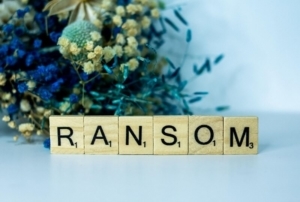
Published on: April 16, 2022 
Extortion denial-of-service activity, also known as RDDoS (ransom distributed denial-of-service) attacks, have fallen significantly in the first quarter of 2022, according to statistics from Cloudflare.
During a RDDoS attack, the threat actor hits a target company with large amounts of data to cause a service outage. The hacker then demands a ransom to stop the attack.
RDDoS attacks are launched by a different type of threat actors than ransomware gangs, who use DDoS attacks to add more pressure on the victim along with file encryption and the threat of publishing stolen data.
Cloudflare reports that ransom DDoS attacks have dropped drastically in 2022, with only 17% of its DDoS-targeted clients reporting extortion in January, 6% in February, and just 3% in March.
That’s a 28% decrease compared to 2021 and a 52% decrease compared to the last quarter of 2021 when ransom DDoS attacks spiked at 28% in December.
The reason for this drop still remains unclear at this time.
Other 2022 DDoS Trends
However, Cloudflare also reported a 164% yearly increase in application-layer DDoS attacks in 2022.
The most noteworthy trends within that category are a 5,086% quarterly increase in application-layer DDoS attacks against the consumer electronics industry and a 2,131% quarterly increase against online media firms.
Finally, Cloudflare reported a significant rise in volumetric DDoS attacks, with those over 100 Gbps increasing by 645% quarterly and those over 10 Mpps increasing by over 300% quarterly.
Instead of going out of fashion, DDoS attacks instead are changing forms, methods, and traffic mixing tricks and continuing to target the most vulnerable, poorly protected, and weak servers.
Source of Article



